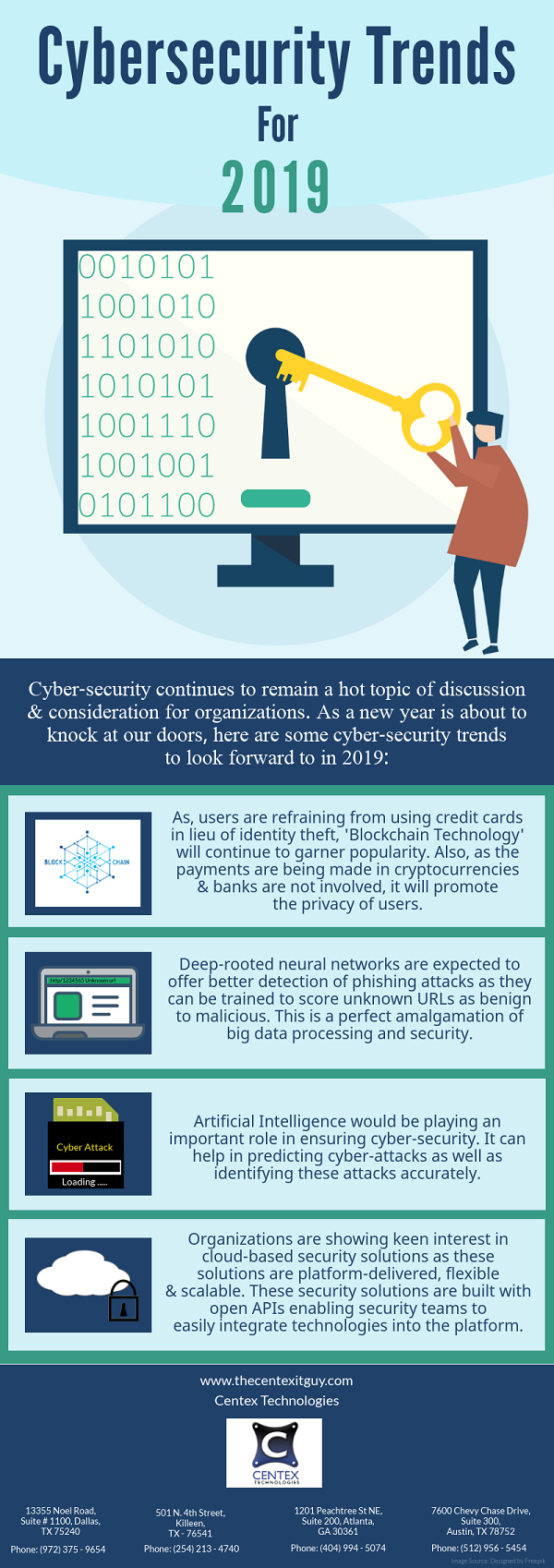Making efforts to ensure organizational data security is of utmost importance in the wake of rising identity data breaches as well as cyber-attacks. It is extremely important to stay aware and alert of data breach incidents to minimize the effect and loss. Thus, in order to avoid the implications of data loss, one needs to design a data breach response plan.
Data Breach Response Plan acts as a guiding force to be followed when a data breach is discovered. If you already know what to do and how to do it; it would help in saving both time as well as efforts. Also, a well drafted strategy helps you avoid missteps at the time of crisis.
Setting Up A Response Plan
- Define Breach: The first step is to define the term ‘breach’ i.e. deciding the type of incident that would initiate a response. For example, a phishing email might not have as much impact on the company as a ransomware attack. So, a business needs to categorize the serious issues and then work on the causes of disruption. There are many aspects that need to be monitored i.e. from compromise of private & confidential information to material loss such as distributed denial of service (DDoS).
- Form The Response Team: There are numerous things that need to be done once a data breach is discovered. So, a good data response plan pre-sets the roles that everyone needs to perform. Every individual has a designated and defined task that he has to perform in the need of hour. Following are the teams who should be assigned the roles & responsibilities beforehand:
- IT Security Team
- Legal Team
- Communication Team
- Risk Management Team
- Human Resource Team
However, it is important to make sure that you vest this responsibility in your trusted employees who understand the complexity of the situation. Other factors such as size of the company, type of data breach etc. also govern the size and composition of response team.
- Design Course Of Action For Every Scenario: The response plan should lay down a proper procedure of steps that need to be taken when a data breach occurs. Decide the course of action that needs to be followed for escalating the incident through the organization hierarchy once a data breach is discovered.
- Setup A Follow-Up Procedure: Once you have been able to implement the plan to control a data breach, sit with your response team and review. Do a follow up and list down the problems faced by members, lessons learnt, etc.
For more information about IT Security, call Centex Technologies at (254) 213-4740.

